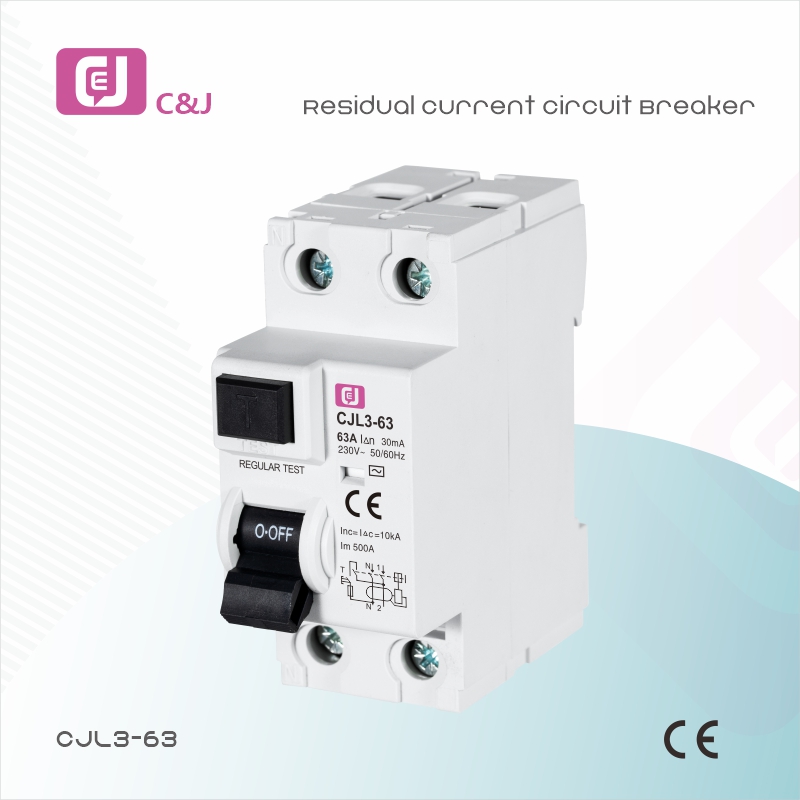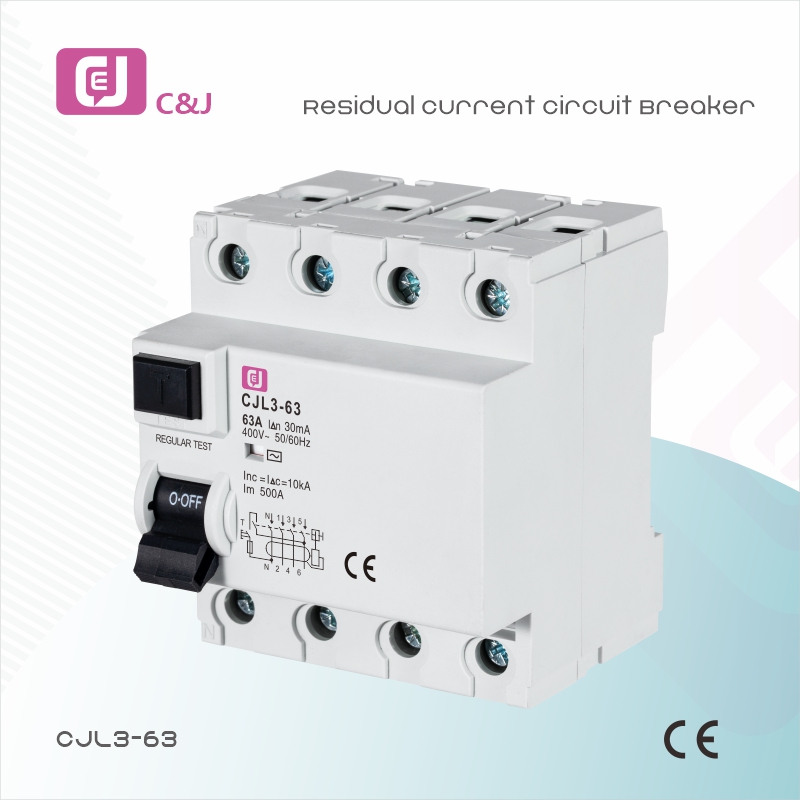Understanding Electrical RCCBs: A Comprehensive Guide
In the world of electrical safety, residual current circuit breakers (RCCBs) play a vital role in protecting people and property from electrical hazards. This article will delve into the meaning, function, and applications of electrical RCCBs, providing a comprehensive understanding of this important device.
What is RCCB?
An RCCB, also known as a residual current device (RCD), is a safety device used to prevent electric shock and electrical fires caused by ground faults. It works by monitoring the balance of current flowing through the hot and neutral wires of a circuit. If a current imbalance is detected (which can occur when current leaks to ground), the RCCB quickly disconnects the circuit, reducing the risk of electric shock and fire.
How does RCCB work?
RCCBs operate based on differential current. Normally, the current flowing through the live conductor should equal the current flowing through the neutral conductor. However, if a fault occurs, such as a person touching a live conductor or an appliance breaking down, some of the current may flow to ground. The RCCB can detect this difference (typically as low as 30 milliamperes (mA)) and trip within milliseconds.
This quick response is crucial to preventing serious injury or death from electric shock. RCCBs are available in a variety of current ratings, including 30mA for personal protection and 100mA or 300mA for fire protection, allowing users to select the appropriate device for their needs.
Types of RCCBs
There are several types of electrical RCCBs, each with a different purpose:
1. 2-pole RCCB: Used for single-phase circuits, it has two terminals for live and neutral connections.
2. 4-pole RCCB: Designed for three-phase circuits, it comprises four terminals to accommodate three phases and a neutral conductor.
3.AC RCCB Type: Detects alternating current (AC) residual current.
4. Type A RCCB: Capable of detecting AC and pulsating DC residual currents, suitable for circuits with electronic equipment.
Application of RCCB
RCCBs are widely used in residential, commercial, and industrial settings. In homes, they’re often installed in the main distribution panel to protect the circuits that power appliances, lighting, and outlets. In commercial buildings, RCCBs safeguard equipment and keep employees and customers safe. In industrial settings, they’re crucial for protecting machinery and preventing costly downtime due to electrical faults.
Benefits of using RCCB
There are many advantages to installing an electrical RCCB:
- Enhanced Safety: RCCBs significantly reduce the risk of electric shock and fire, giving users peace of mind.
- Regulatory Compliance: Many electrical safety standards and building codes require the installation of an RCCB in specific applications to ensure regulatory compliance and safety.
- Cost-effective Protection: While there is an initial investment required to purchase and install an RCCB, the long-term savings from preventing accidents and property damage are considerable.
In summary
Simply put, RCCBs are critical components in modern electrical systems, providing essential protection against electrical hazards. Understanding their functions, types, and applications can help individuals and businesses make informed electrical safety decisions. By incorporating RCCBs into electrical installations, users can enhance safety, comply with regulations, and ultimately protect life and property from the hazards of electrical faults. As technology continues to advance, the importance of RCCBs in ensuring electrical safety will only grow, making them an indispensable part of any electrical system.
Post time: Aug-07-2025



